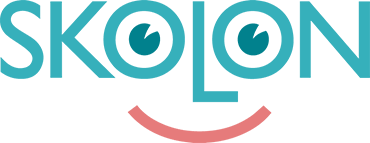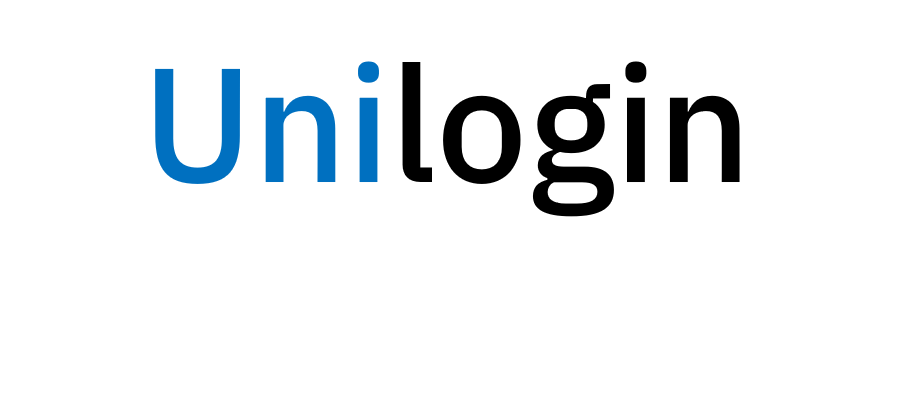What’s a STEM activity?
STEM activities for kids are activities that practice the childrens’ skills in Science, Technology, Engineering and Math. STEM activities focus on hands-on, project-based learning about the world around us. They promote collaboration between peers and working together towards solving a problem.
Why are STEM activities important?
Exposing kids to STEM activities and learning helps them develop 21st century skills. Through STEM, kids engage in critical thinking, in a creative and engaging way. Children are given the opportunity to analyze and interpret problems and to use logical and analytical reasoning to find the best solutions. By providing kids with a safe space for exploration and experimentation, they learn to persevere and excel in any aspect of their lives.
Unplugged STEM activities for children
“Treasure Hunt” – Teach children about coding algorithms
Teach children about algorithms with this fun activity! What are coding algorithms? An algorithm is a sequence of instructions that tells a machine to execute a specific action. To build an algorithm, kids need to be very specific about the steps that need to be executed and the correct order they need to follow.
The purpose of the game is to teach kids to give clear instructions and to organize them in a correct order.
How to play
Hide “treasures” in the classroom or in the playground. Separate the class in small groups.
One child acts like the Programmer and gives commands to the rest of the kids in the group – the Computers.
The Programmer’s commands an algorithm. For example, “Take 5 steps straight”, “Turn left and take 2 big hops”, “Turn right and do a forward roll”, “Crawl 6 times and take 2 steps backwards”, “Find the treasure under the closest rock”.
After that, one of the Computers starts and executes the algorithm. If the Computer finds a bug (isn’t able to perform the algorithm /commands), the Programmer must fix the algorithm and the next Computer tests the new set of commands.
Once the algorithm is correct, kids switch roles and get a new treasure to find.
“If on the Playground, then Play” – Teach kids about conditional statements
This activity introduces kids to conditional statements – “if / then” or “if / then / else” statements. Conditional statements in programming tell a computer to execute an action depending on whether a condition is true or false.
The purpose of the game is to teach kids conditional logic, by following the programmer’s instructions and performing the correct tasks.
How to play
For every round, one child is the Programmer and the rest of the kids are the Computers. The Programmer gives out commands “If I ___, then you___”, and the Computers execute a particular task.
For example, the Programmer commands “If I jump, then you jump.” or “If I clap, then you touch your toes”.
The Programmer can give more challenging instructions, such as “If I count to five, then turn in a circle three times, else run to the closest tree”. The Programmer starts counting. If he counts to five, the Computers have to turn in a circle three times. If the Programmer counts to any other number, the Computers need to run to the closest tree.
“Dance it again” – Teach students about loops
This game teaches kids what loops are in computer programming. Loops are a part of code and represent a sequence of instructions that are continually repeated until a certain condition is met.
The objective of the game is to help kids improve their logical thinking skills, by breaking down a dance and identifying repeating actions.
How to play
Agree on actions that the kids should perform, such as clap, wiggle, spin, put their hands up and jump.
For every round, one child is the Programmer and the rest are the Computers. The Programmer creates a short dance routine and decides how many times the actions should be repeated or looped.
For example, “Clap 3 times, spin 2 times, put your hands up once and jump 5 times, loop the entire dance 4 times”. Then the Computers perform the dance 4 times.
“Sing a song”- Teach kids about functions
Teach children about another essential concept in coding – functions. Functions are a sequence of instructions that perform a single task. You can call a function in your code whenever you need to perform the specific action instead of typing the same sequence of instructions again and again.
The objective of the activity is to improve the kids’ critical thinking, by identifying repeating actions and simplifying the instructions they need to give.
How to play
Choose a song with repetitive lyrics. Let the children find the lines that are repeated more than once and let them replace these lyrics with a new word, or in coding terms, let them define a function.
For example, if you choose to sing “Happy Birthday”, you have to replace the repeated lyrics “Happy Birthday to You” with the word Function. Then the song becomes “Function, Function, Happy Birthday Dear (name), Function” .
To make the game more fun, let the kids come up with a different word for the repeated lyrics, e.g. “Ice cream, Ice cream, Happy Birthday Dear (name), Ice cream” . In this case, we have a function named “Ice cream” that calls the information “Happy Birthday to You”, when a computer reads it.
“Code it with a Robot” – Teach kids all the basic coding concepts
Encourage young learners to be creative with what they have learned from these unplugged STEM activities. Combine the games or come up with brand new ones where kids get to practice their new coding knowledge.
Is your class ready to learn more about STEM and coding? Then, we have the perfect unplugged coding solution for you – the KUBO Robot. The KUBO Robot together with the hands-on TagTile® coding language, bring STEM learning in your classroom in a completely unplugged environment.
By simplifying basic coding concepts, KUBO teaches kids to code before they can even write. The puzzle-based coding language, allows kids to snap TagTiles® together and practice the coding concepts, described in this article and more. KUBO is designed to lay the foundations for computational literacy for children as young as four. Do you want to learn more? Meet KUBO here.






